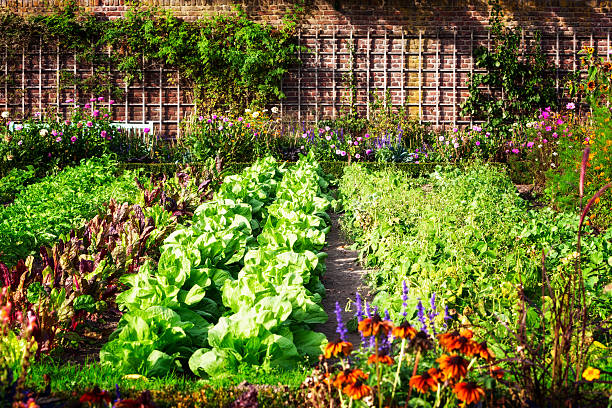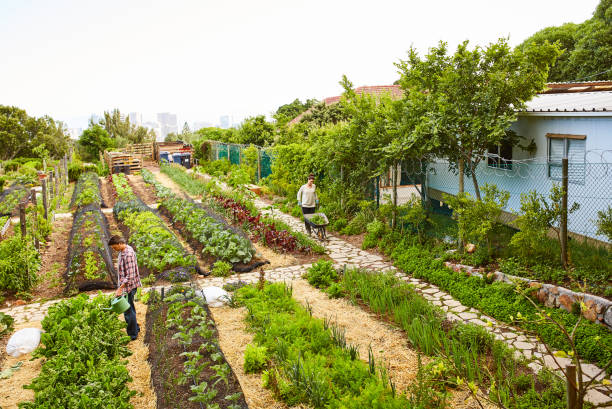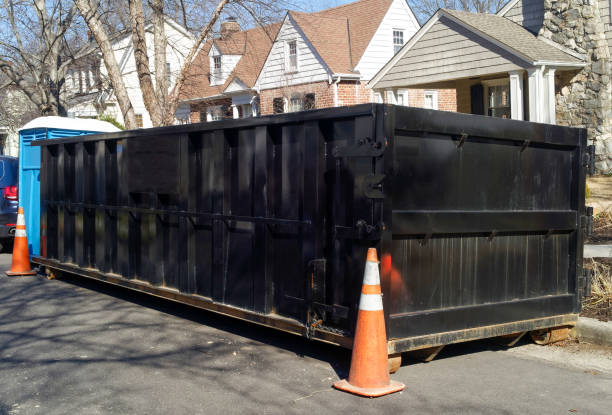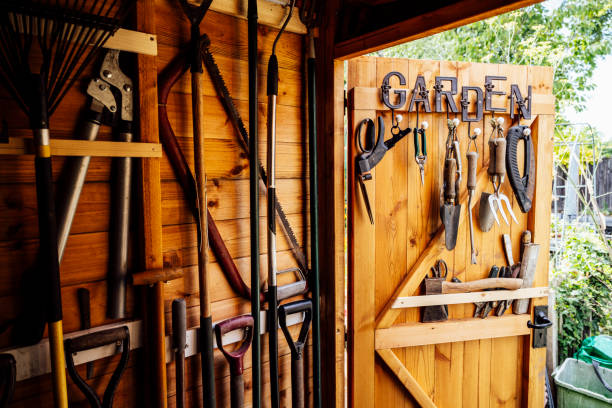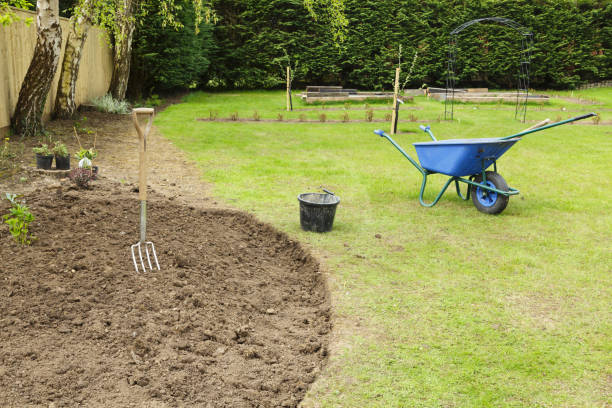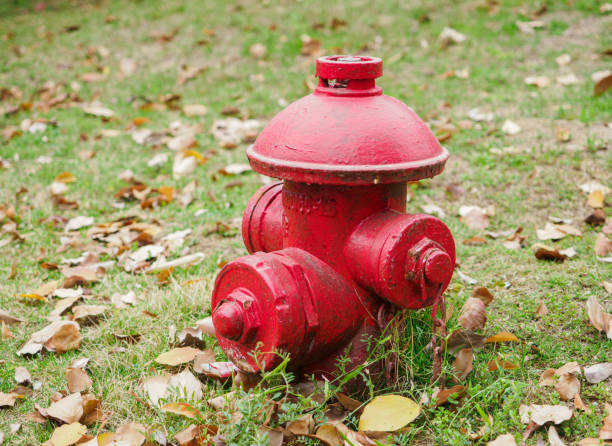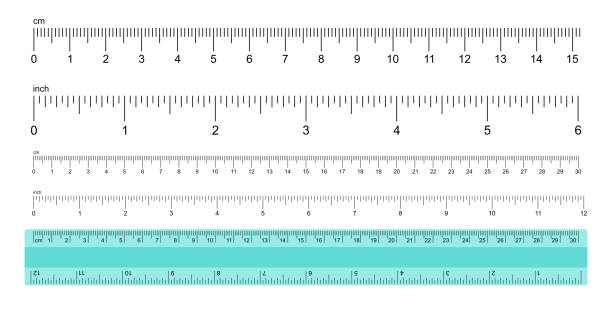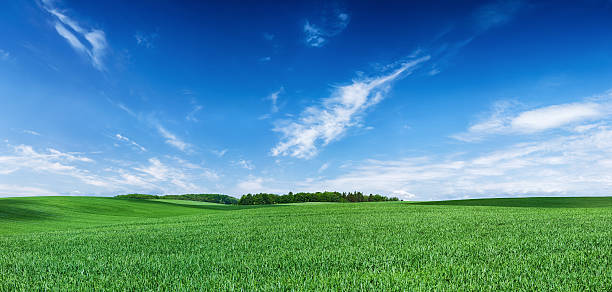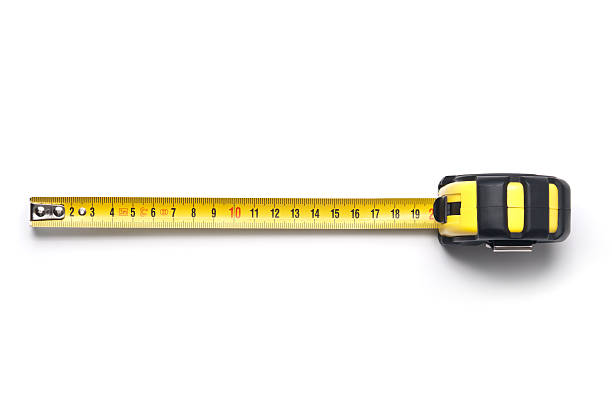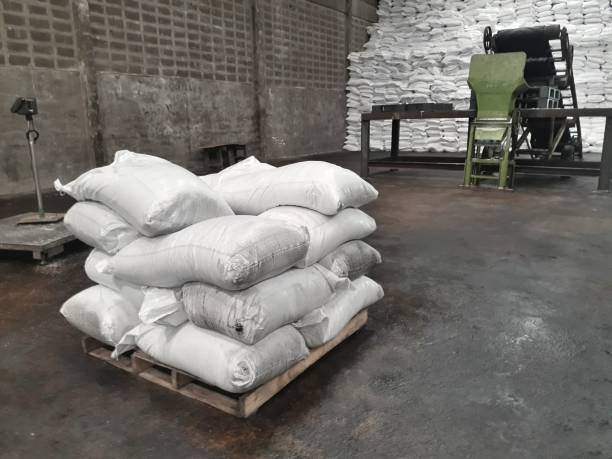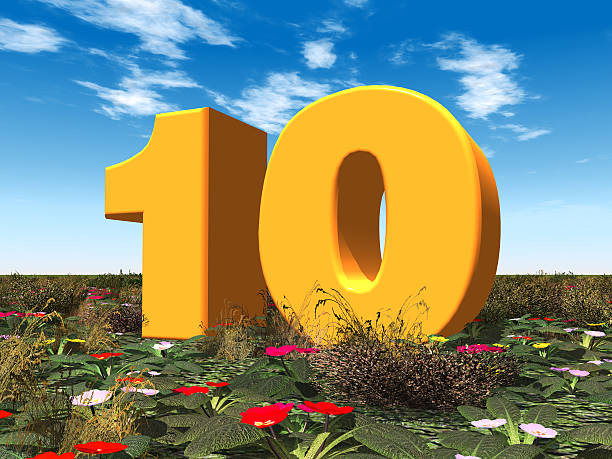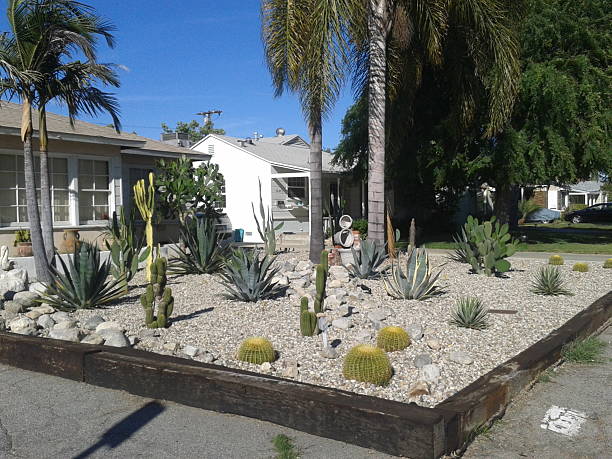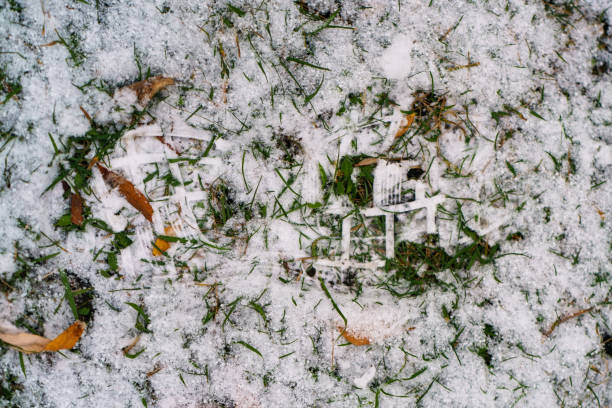What Is the Difference Between a Yard and a Garden
This post contains affiliate links. This means I will make a commission at no extra cost to you should you click through and make a purchase. Read the full disclosure here.
When it comes to outdoor spaces, the terms “yard” and “garden” are often used interchangeably, but they actually have distinct meanings and purposes. Understanding the difference between a yard and a garden is essential for homeowners and gardening enthusiasts alike. In this article, we will explore the characteristics, purposes, design considerations, and benefits of both yards and gardens, allowing you to make informed decisions about your own outdoor space.
Definition of Yard and Garden
A yard refers to the open area surrounding a residential or commercial property. It typically includes the land immediately adjacent to the building, extending from the front, sides, and back. Yards are often covered with grass or other low-maintenance ground cover and serve as a functional space for various activities, such as playing, hosting gatherings, or simply enjoying the outdoors.
On the other hand, a garden is a cultivated area within a yard that is dedicated to growing plants, flowers, herbs, or vegetables. Gardens are intentionally designed and cultivated to enhance the aesthetic appeal of the outdoor space and provide opportunities for nurturing plant life. They can range from small container gardens on a balcony to expansive landscapes with a wide variety of flora.
Purpose of a Yard
The primary purpose of a yard is to provide an open space around a property for practical and recreational activities. Yards serve as a buffer between the building and the surrounding environment, providing a transition zone and adding curb appeal. They offer a safe area for children to play, pets to roam, and for outdoor gatherings and socializing. Yards also allow for the installation of amenities such as patios, decks, swimming pools, or sports courts, expanding the functionality of the property.
Purpose of a Garden
Unlike yards, gardens are primarily focused on cultivating plant life and creating a visually appealing environment. Gardens offer opportunities for personal expression and creativity through landscaping, flowerbeds, and plant selection. They provide a space for relaxation, mindfulness, and connection with nature. Gardens can also support various environmental initiatives such as pollinator-friendly habitats, sustainable gardening practices, and growing food for personal consumption.
Features of a Yard
Yards are typically characterized by open spaces, manicured lawns, and versatile design possibilities. Common features of yards include:
1. Lawns: Yards often have a central area covered with a lush, well-maintained lawn that acts as a focal point and a space for various activities.
2. Landscaping: Yards can include trees, shrubs, and ornamental plants strategically placed to enhance the visual appeal and provide shade and privacy.
3. Fences or Boundaries: Yards are usually enclosed by fences or natural boundaries, delineating the property lines and ensuring privacy and security.
4. Outdoor Living Spaces: Yards often feature outdoor living areas such as patios, decks, or gazebos, providing spaces for relaxation, dining, and entertainment.
Features of a Garden
Gardens, on the other hand, have specific features that differentiate them from yards:
1. Flowerbeds and Planting Areas: Gardens include designated spaces for planting flowers, herbs, vegetables, or other desired plants. These areas are often organized in beds or containers.
2. Pathways and Walkways: Gardens may incorporate pathways or walkways that allow easy access and navigation through the garden, ensuring an enjoyable experience for gardeners and visitors.
3. Garden Structures: Gardens can include structures such as arbors, trellises, or pergolas, which provide support for climbing plants and add architectural interest.
4. Water Features: Gardens may incorporate elements like fountains, ponds, or waterfalls, creating a serene and tranquil ambiance.
Design and Layout
When it comes to design and layout, yards and gardens have different considerations:
1. Yard Design: Yards often prioritize functionality and practicality. The design focuses on creating open spaces, accommodating outdoor activities, and maximizing usability.
2. Garden Design: Gardens emphasize aesthetics and plant life. The design aims to create a harmonious and visually appealing arrangement of plants, taking into account color schemes, plant heights, and textures.
Maintenance and Upkeep
Both yards and gardens require regular maintenance, but the nature of the tasks differs:
1. Yard Maintenance: Yards require regular mowing, edging, and watering to maintain a healthy lawn. Additionally, pruning trees and shrubs, removing weeds, and maintaining hardscaping elements are common yard maintenance activities.
2. Garden Maintenance: Gardens demand ongoing care, including watering, fertilizing, pruning, and weeding. Plant selection, soil preparation, and seasonal planting are crucial aspects of garden maintenance.
Plant Selection and Variety
While yards and gardens both involve plant life, the selection and variety differ:
1. Yard Plants: Yards typically feature low-maintenance plants such as grass, ground covers, or hedges. The focus is on simplicity and ease of care.
2. Garden Plants: Gardens offer a wider variety of plant options, including flowers, ornamental plants, herbs, vegetables, and even specialized collections like rose gardens or butterfly gardens. Gardeners have the flexibility to experiment with different species and create diverse ecosystems.
Recreation and Relaxation
Yards and gardens provide distinct opportunities for recreation and relaxation:
1. Yard Recreation: Yards are versatile spaces that can accommodate various activities like playing sports, hosting barbecues, or setting up recreational equipment.
2. Garden Relaxation: Gardens offer a serene and peaceful environment where individuals can unwind, practice mindfulness, and connect with nature. They provide a private retreat for reading, meditation, or simply enjoying the beauty of plants.
Environmental Benefits
Both yards and gardens contribute to the environment in different ways:
1. Yard Benefits: Yards can help with temperature regulation, reducing the heat island effect in urban areas. They also contribute to stormwater management by absorbing rainwater and reducing runoff.
2. Garden Benefits: Gardens promote biodiversity, attract pollinators, and provide habitats for beneficial insects and wildlife. They can improve air quality, mitigate soil erosion, and support sustainable gardening practices like composting or rainwater harvesting.
Cost Differences
Yards and gardens have different cost considerations:
1. Yard Costs: Yards typically have lower maintenance costs since they involve simpler landscaping, basic lawn care, and fewer specialized plants.
2. Garden Costs: Gardens can require more initial investment in terms of plant selection, landscaping materials, and garden structures. Ongoing maintenance expenses may also be higher due to the diverse plant requirements.
Personal Preferences
Ultimately, the choice between a yard and a garden depends on personal preferences and lifestyle:
1. Yard Preference: Individuals who prioritize open spaces, outdoor activities, and low-maintenance landscapes may prefer a yard.
2. Garden Preference: Those who enjoy gardening, appreciate nature’s beauty, and seek a space for relaxation and creativity may opt for a garden.
Conclusion
In conclusion, while the terms “yard” and “garden” are often used interchangeably, they have distinct differences in purpose, design, features, and maintenance. Understanding these differences allows homeowners and gardening enthusiasts to make informed decisions about their outdoor spaces. Whether you prefer a functional yard for recreational activities or a captivating garden for plant cultivation and relaxation, both options offer unique benefits and opportunities for personal expression.
FAQs
Can a yard have a garden within it?
Yes, it is common for yards to have a designated area or section that is transformed into a garden. This allows homeowners to enjoy both the open space of a yard and the beauty and benefits of a garden.
Can I have a garden without a yard?
Yes, it is possible to have a garden without a yard. Even if you don’t have a traditional yard, you can create a garden on a balcony, rooftop, or even indoors using containers or vertical gardening techniques.
Which requires more maintenance, a yard or a garden?
Gardens generally require more maintenance compared to yards. Gardens involve tasks like planting, watering, fertilizing, and regular plant care. Yards, on the other hand, focus more on lawn care, such as mowing and basic upkeep.
Can I have both a yard and a garden in a small space?
Yes, even in a small space, it is possible to have both a yard and a garden. You can allocate a portion of your yard for a garden by incorporating raised beds, vertical gardening, or utilizing containers.
How do I decide whether to have a yard or a garden?
Consider your preferences, lifestyle, and available resources. If you enjoy outdoor activities and low-maintenance landscapes, a yard might be more suitable. If you have a passion for gardening, desire a space for relaxation and beauty, and are willing to invest time and effort into plant care, a garden might be the right choice for you.

